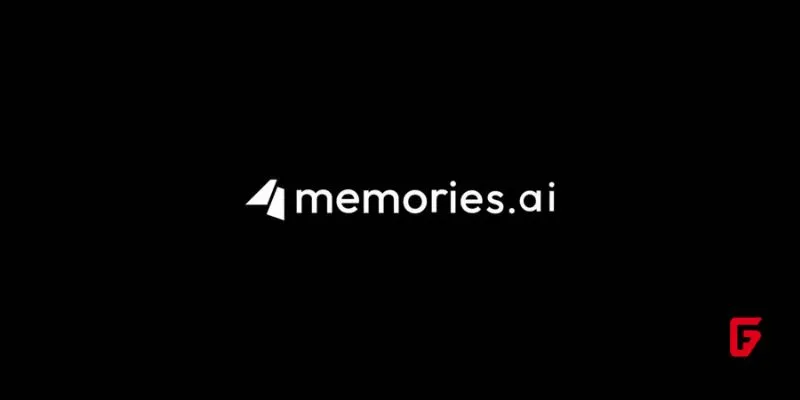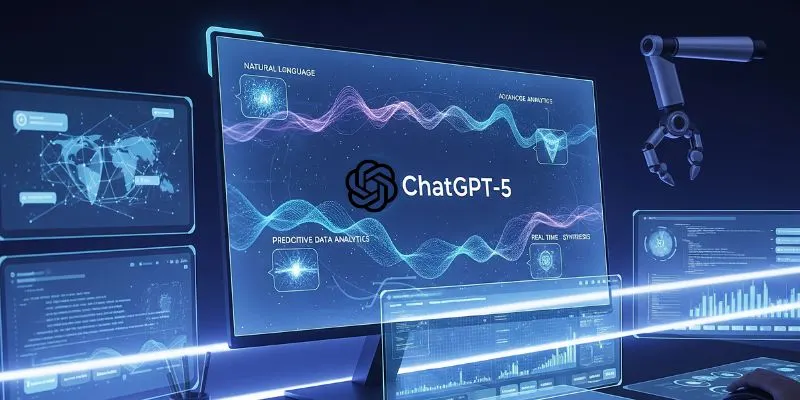Breaking the Hour Barrier: Why Memories.ai Stands Out
For years, even the best artificial intelligence (AI) could barely “remember” an hour or two of video before losing context—limiting usefulness for sectors like security, marketing, and digital media. Memories.ai, helmed by ex-Meta Reality Labs researchers Dr. Shawn Shen and Ben Zhou, aimed to change that. Recent funding—$8 million led by Susa Ventures and Samsung Next—shows that investors believe this “memory layer for machines” is more than hype.
The Large Visual Memory Model (LVMM): Unpacking the Tech
The company’s Large Visual Memory Model (LVMM) has one mission: give machines true, persistent “visual memory.” Instead of just summarizing one video at a time, LVMM indexes, compresses, and makes searchable millions of hours of video, enabling sophisticated natural language queries and instant recall.
From a technical standpoint, Memories.ai mirrors how human memory works:
Cues trigger recall.
A query model retrieves relevant segments.
A selection model extracts details and integrates them for answers.
The system self-corrects through “reflection,” ensuring accuracy and context are maintained over long video timelines.
The result: users can instantly ask the AI questions like, “Show me every breach at Entrance A last year,” or “Which influencer featured our product in TikTok videos this quarter?”, spanning video archives that used to be functionally invisible.
On-Device AI: Samsung’s Privacy Play
Samsung Next’s involvement isn’t just about the power of big data. On-device video processing means companies (or even consumers) don’t have to upload sensitive footage to the cloud to benefit from AI search and analysis—solving a major privacy hurdle for those wary of surveillance technology. Edge AI like this has obvious Samsung Galaxy, smart home, and security product implications for the future.
Real-World Applications: From Security to Brand Intelligence
Security: Instantly scan months of surveillance for specific people, objects, or incidents. No more manual scrubbing or “lost” evidence.
Marketing: Analyze trending visual themes, brand visibility, and influencer activity across social video at scale.
Entertainment & Media: Navigate massive content archives, instantly surfacing scenes, shots, or dialogue across years’ worth of footage.
Potential Future Roles: LVMM could power “memories” for personal assistants, guide training for robots and autonomous vehicles, and more.
Competitive Pressure and the Road Ahead
Memories.ai isn’t alone in the space:
TwelveLabs and Google lead on the deep learning side.
Competitors like mem0 and Letta offer memory layers, but with limited video capabilities.
Still, Memories.ai’s horizontal, model-neutral platform—combined with private, on-device analysis—is a key differentiator.
Looking Forward
Armed with fresh funding, the 15-person Memories.ai team is expanding fast, aiming to make video memory and search as fundamental—and accessible—as language models are today. Whether it’s security, analytics, or powering the AI agents of tomorrow, persistent visual memory could become an essential part of the AI toolkit—even outside of news headlines.














